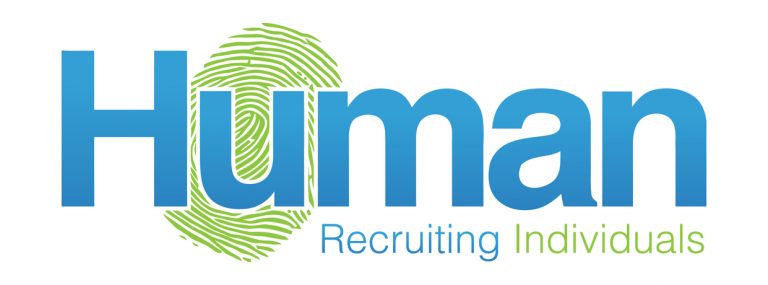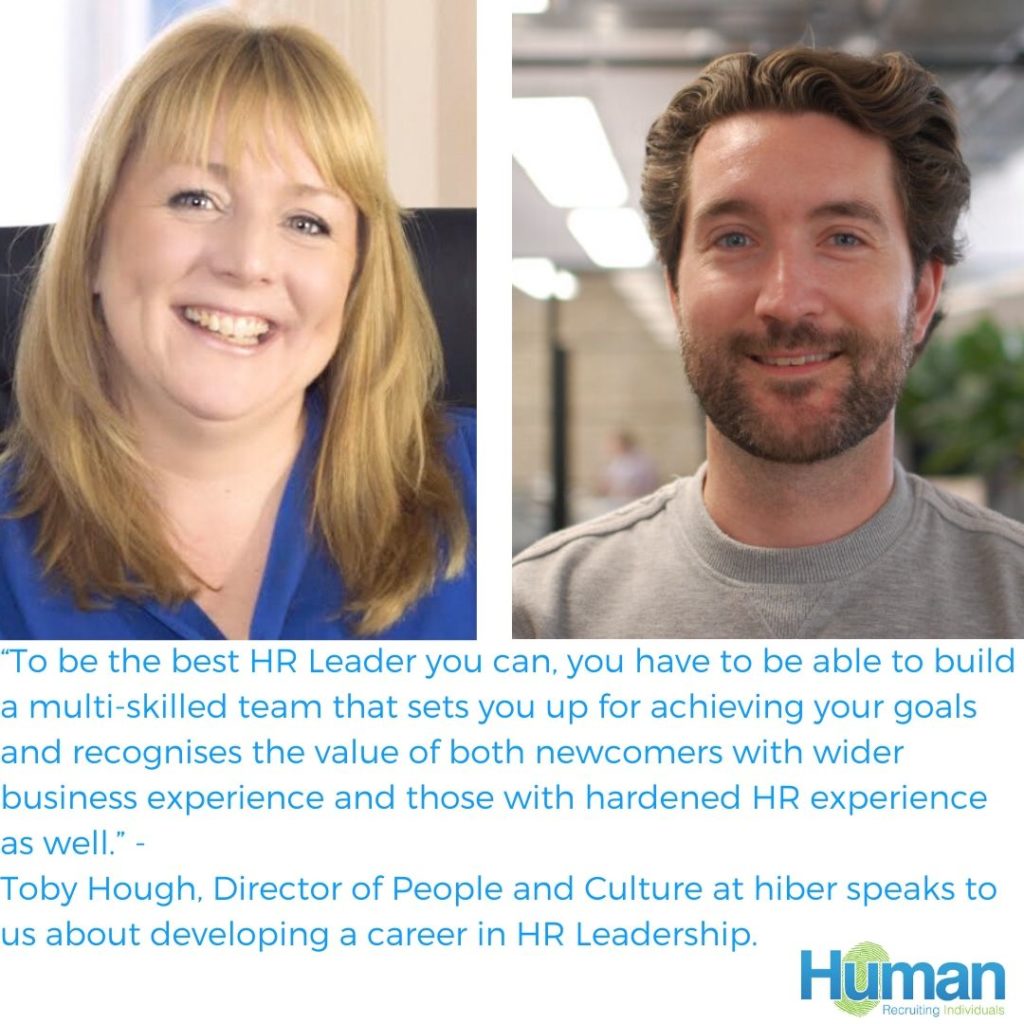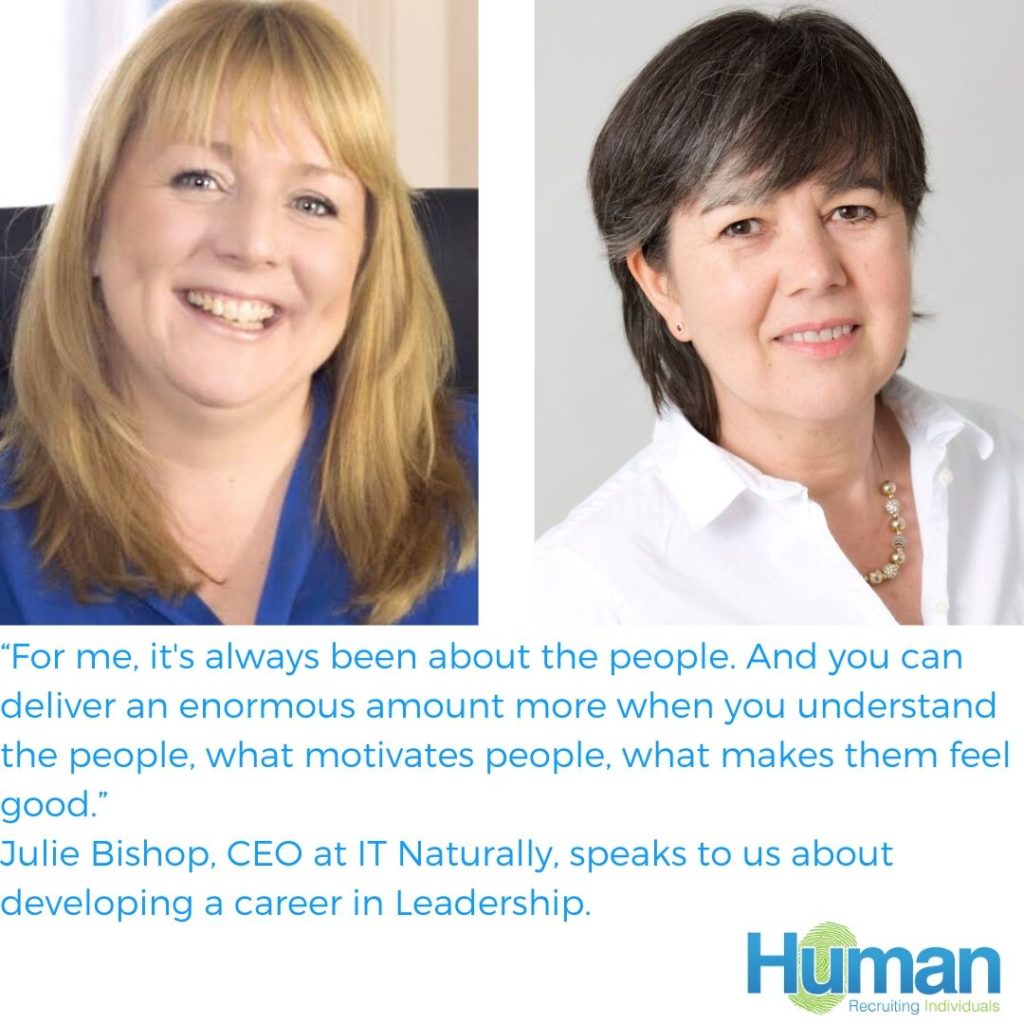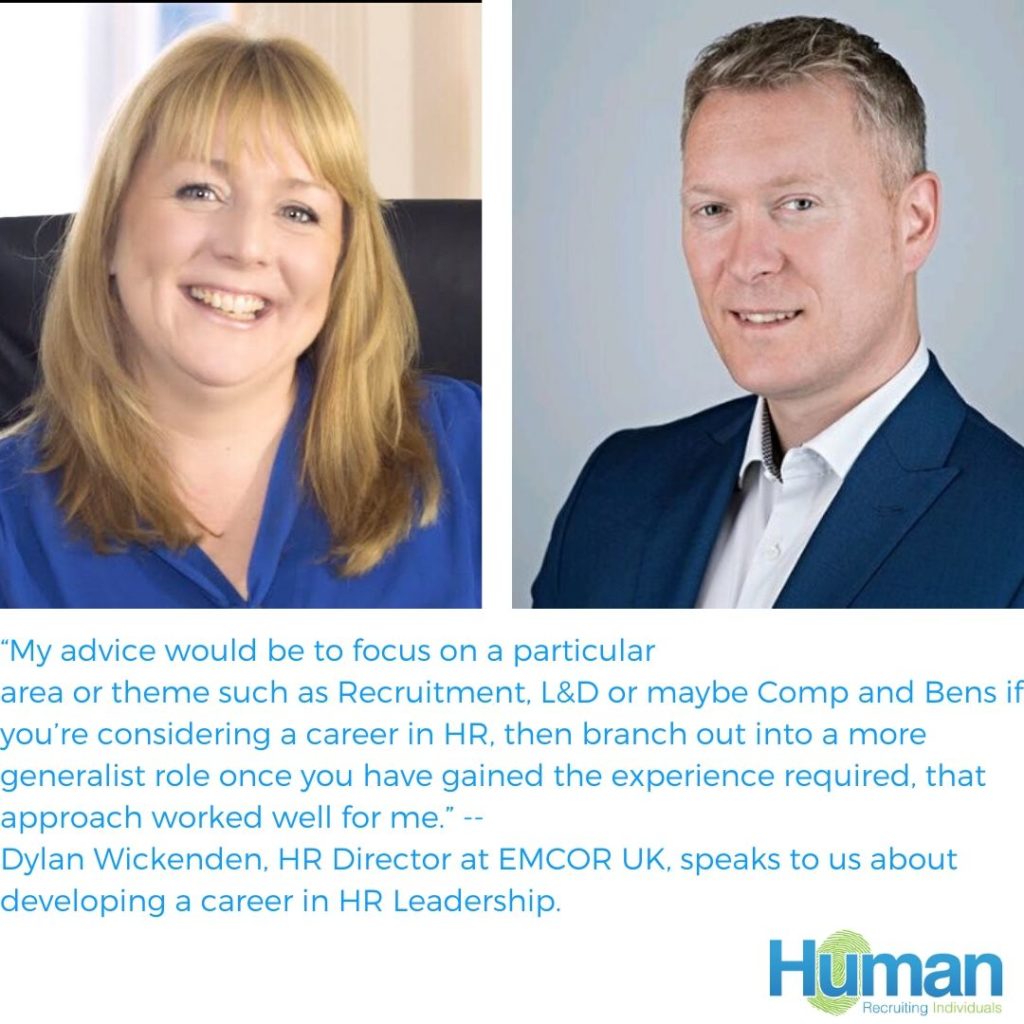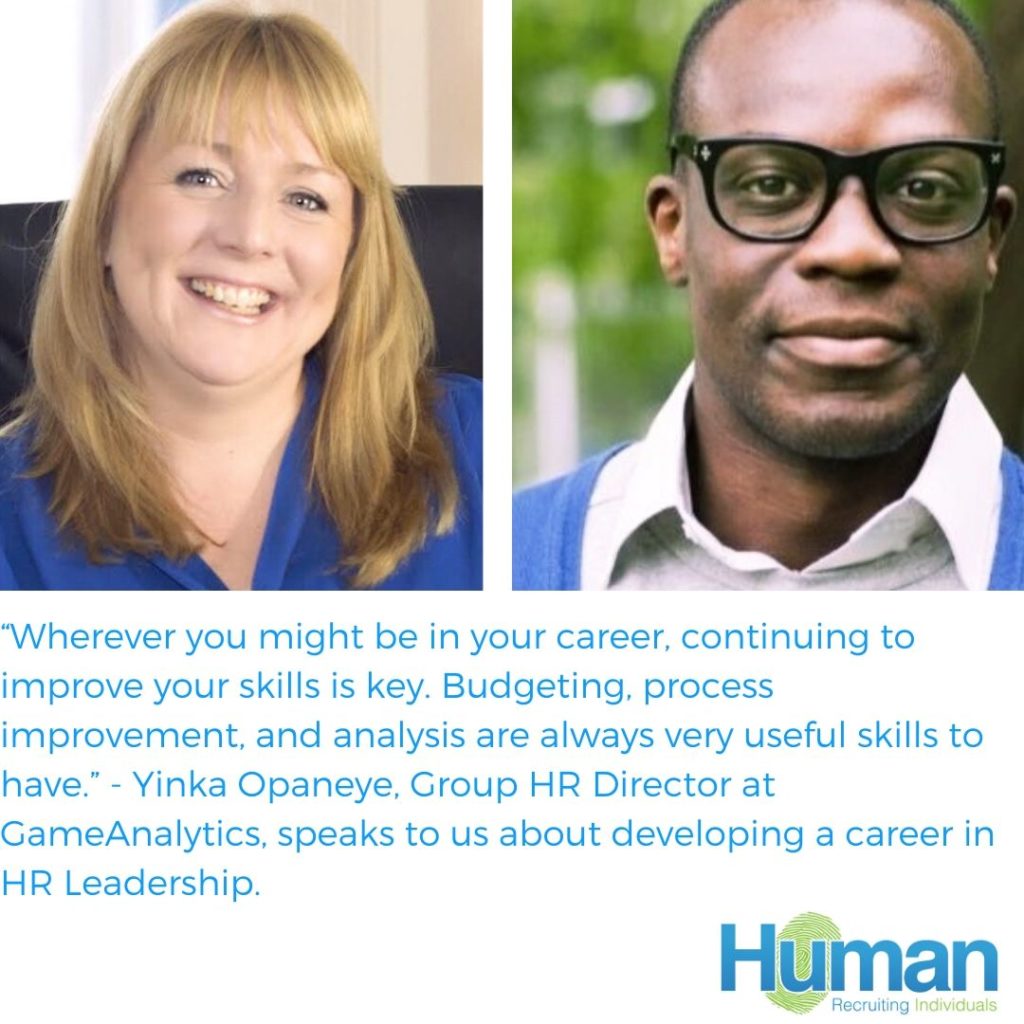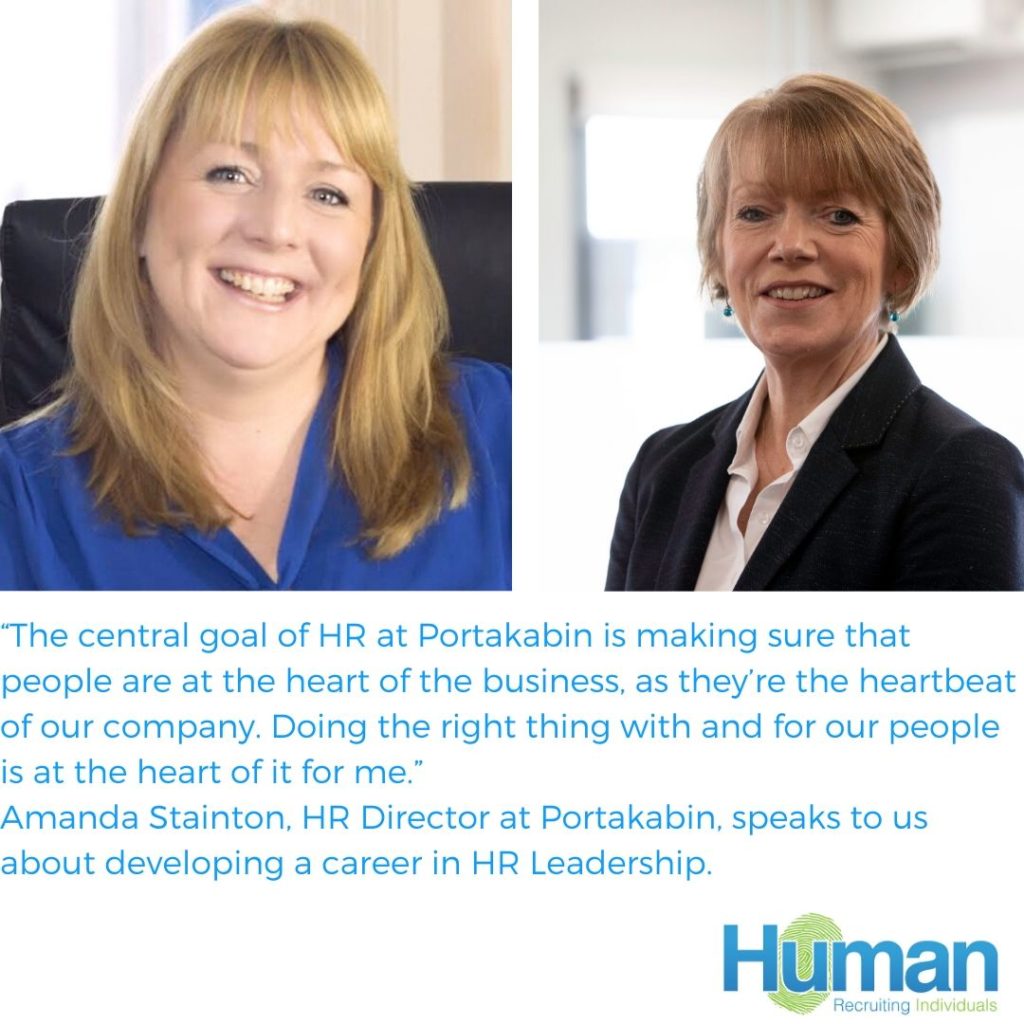Toby Hough speaks to us about developing a career in HR Leadership
“To be the best HR Leader you can, you have to be able to build a multi-skilled team that sets you up for achieving your goals and recognises the value of both newcomers with wider business experience and those with hardened HR experience as well.” – Toby Hough, Director of People and Culture at hiber speaks to us about developing a career in HR Leadership. As part of our commitment to supporting candidates to develop fulfilling careers, we’ve invited some HR Leaders to share the secrets of their success. This week, we had a great conversation with Toby Hough at hiber, who began his career with internships in Marketing and Communications at Saudi Hollandi Capital and as a Sovereign Wealth Fund Analyst at Robeco before moving to Deloitte to work as a Consulting Analyst; taking on subsequent roles as Management Consultant and later Senior Management Consultant within the company. In 2013, Toby joined the team at Medallia as a Senior Analyst for Professional Services, later ascending the ranks to Manager for Professional Services, followed by a 17-month tenure as Senior Manager before he became the company’s Head of People and Culture for Europe. In May 2018, Toby transitioned to his current role at hiber. Can you tell us how you got into HR and why? The shift into HR happened while I was working at a customer experience software company called Medallia, following a three-and-a-half-year term in Consulting at Deloitte. From day one, I was incredibly struck by Medallia’s approach to People and Culture and HR. At that point in my career, I had never come across an organisation that placed so much value on having a well-defined values-based culture. Medallia had top-quality People and Culture team members wired in across the business to be strategic and pastoral partners, and they were always seeking out views and opinions on how the business was evolving. The leader of the People and Culture function was as visible a strategic leader as anybody else, and that was one of the reasons why I held that team in great esteem. The company carried out very in-depth cultural onboarding with everybody who joined. As the business grew, the onboarding programme leader decided it was worth having facilitators for cultural onboarding in all the different regions we covered. Having been struck by how good my onboarding was a few years before, I applied to be a facilitator for Europe alongside my main role. That experience was a real turning point for me; I absolutely loved it, and was buzzing to do more. At that time, I was running a team of five or six Project Managers and dealing with a lot of pastoral and career development components in my main role; and I also spent a year helping to get an office set up in Paris, working with the team there to establish the culture from grassroots. As a result, alongside the facilitator role, I had HR experience without working in HR. Eventually, the outgoing Head of People and Culture for Europe asked me to consider applying for her role. I was hesitant at first, but with some guidance a mentor in the Learning and Development team, I undertook some self-reflection into the kind of work I enjoyed most and what energized me. All the signs pointed to the HR suite, so I took the plunge. The role was a total baptism of fire, but I was being challenged in ways a lot of outsiders to HR never realise you’re challenged, and I loved that. I loved how difficult the problems were across employee relations, design, and the technical aspect, as well as how directly linked they were to strategy. I knew at that point that HR was the place for me. Because I loved my People and Culture role at Medallia so much, my transition into hiber almost took me by surprise. I was approached by a friend who told me they knew a founder-CEO who was keen to create a top-class culture and HR setup in his startup, having learned the importance of this in an earlier venture. They asked if I would meet with him. I met Kilian, the CEO of hiber, a few times over the course of the next few months, and we started sketching up plans for implementation. In January 2018, Kilian secured investment funding to create a management position in the People and Culture space. He offered me the opportunity to join the founding management team of his start-up, and I recognized how rare such an opportunity was. I knew we had a chance to trailblaze—to influence other organisations to bring People and Culture in at the start rather than when a workforce hits 50+, and that was hugely exciting. I felt hiber had great potential to grow and adopt a different approach to building an organisation, so I agreed. Can you tell me about the key themes and challenges that you’re seeing across the HR sector? Where hiber are forming as a business, my experience with them has been very different to coming into an established HR role, and has presented some unique challenges. In our early days as a start-up with no brand, recruitment was a real challenge, especially given the fact that I had been fairly hands-off in terms of recruitment at Medallia. Nevertheless, I knew hiber needed me to roll up my sleeves and learn what it was like to recruit, so I did. Initially, I was ashamed of spending money to secure agency support with the process, but Kilian was very passionate about getting talented people on board who could not only do their jobs well then, but continue to do so as the business expanded. Ultimately, I had to tackle my misconceptions and invest in building good strategic relationships with agencies. I see a reluctance to do so across HR that I think boils down to a stigma around agency spend and not seeing it as investment, but our CEO understands
Toby Hough speaks to us about developing a career in HR Leadership Read More »
